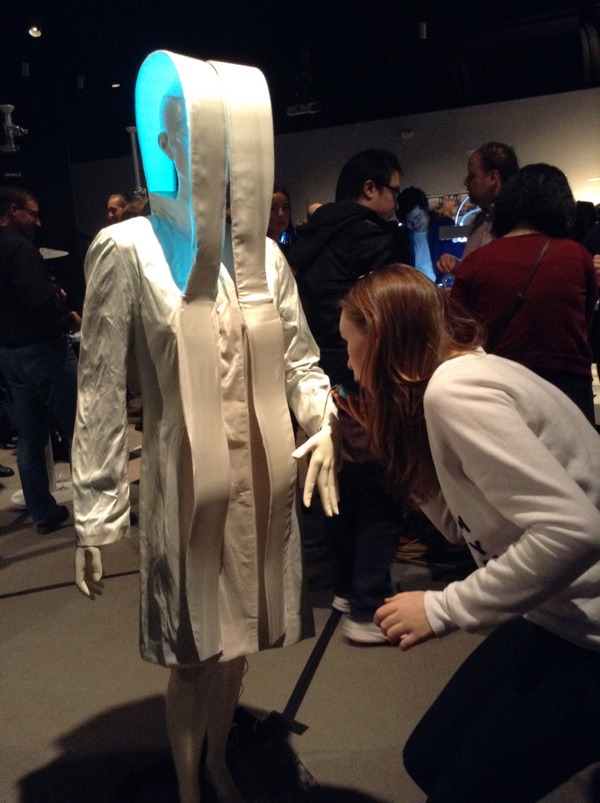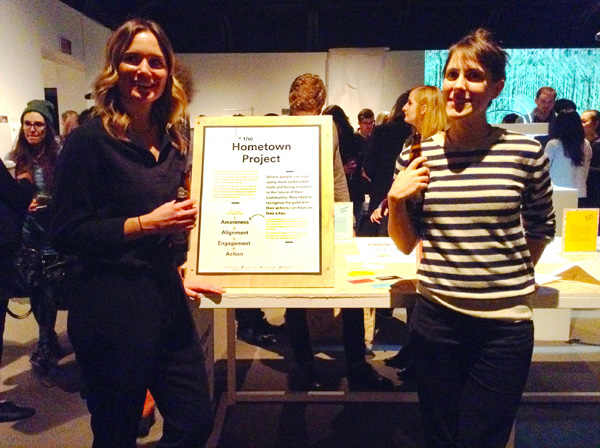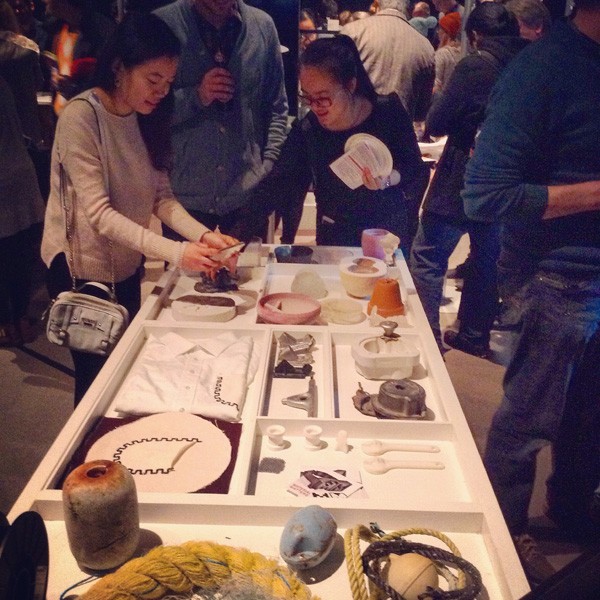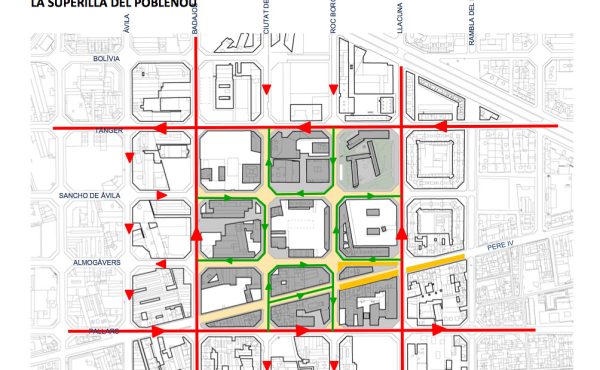
According to a study conducted by Hill Strategies, residents in British Columbia have higher than average participation rates in art galleries, classical music performances, historic sites, science-related venues (e.g. planetarium, zoo etc.), book and magazine reading. This curiosity for the arts and innovation was also shown at last Friday’s packed house at the Museum of Vancouver’s second interactive Design Exhibition, Why I Design.
Vancouverites were invited to visit the showroom and experience first hand the innovations and creative works of over 30 Vancouver designers from a wide range of disciplines.
The participating designers and their works were deployed at various points inside the museum’s gallery. The themes of the innovative designs ranged from fashion and apparel, recycling methods, furniture and interior design to bicycle and real estate. Why I Design had a thought-provoking approach in that it enabled the audience to really understand how design and innovation work and how design has an impact on our everyday lives.
The popular event was highly engaging as visitors had the chance to directly ask the designers questions regarding their innovations and even try out some of their works, such as Suzie Webster‘s sophisticated Eclectic Skin Garment that illuminates through activation by the breath of the wearer.

Hometown Project is the brainchild of Communications Designers Jean Chisholm and Janine Merkel, whose work supports the notion of engaging small town communities. The duo has designed beautiful maps and Prints for the City of Prince George. Through the maps and prints they aim to give the citizens of Prince George a sense of pride and empower them to shape their downtown core in a way that it becomes a more desirable place.
Prince George is Jean’s hometown. She sees a lot of potential for Prince George’s downtown to become a vibrant and popular place and thinks the idea to engage the community in the decision making of their city will have an impact on the downtown development in the long run. The Emily Carr Alumna believes, ‘Vancouver is a great place to be a young designer’ and wants to take the inspiring ideas that she gains in Vancouver back to Prince George.

Repair Matters is the invention of four graduate students of Emily Carr University who created an initiative that helps Vancouverites to fix anything broken, such as a bike, ripped jacket or household item. Repair Matters also wants to make communities understand that repairing is often times a more sustainable and economic way to solve broken items than to simply buying them. In bringing people with different skill sets and knowledge together, the Vancouver-based initiative empowers entire communities to rethink, recycle and recreate their belongings in a sustainable and economical way.
Alex Gruenenfelder’s Cube Living Project scrutinizes Vancouver’s real estate market, its low vacancy rate and high prices, as well as the fact that 30 per cent of condominium units in downtown Vancouver are actually not inhabited. With his project and his mini 3-dimensional cubicles, Gruenenfelder hopes to make the audience think about the concept of space and how it is created in the city.

Sarah Fairweather engaged her customers in the design process of the clothes that she makes. In doing so, customers can go to the Lululemon Lab on West Broadway in order to give feedback and be connected to the clothes they are actually wearing.
Fairweather, who studied design at Kwantlen Polytechnic University, notices that the clothes that are produced in the fashion industry have a 20 to 30 per cent waste margin. In contrast, her projects have a minimal waste of 2 to 3 per cent. By telling her clients the story of how she makes the clothes, she challenges them to consume less quantity and go for higher quality.
Is this approach counter-productive for her business, as less consumption means less profit for her as a designer? “I don’t think we have to consume more than we need to. If I design something that people love and really want for 20 years, that is very fulfilling for me.”
***



